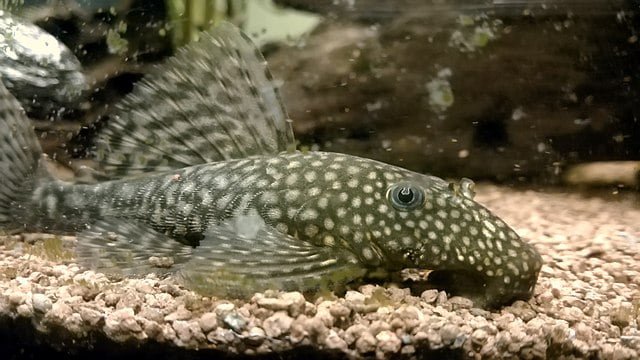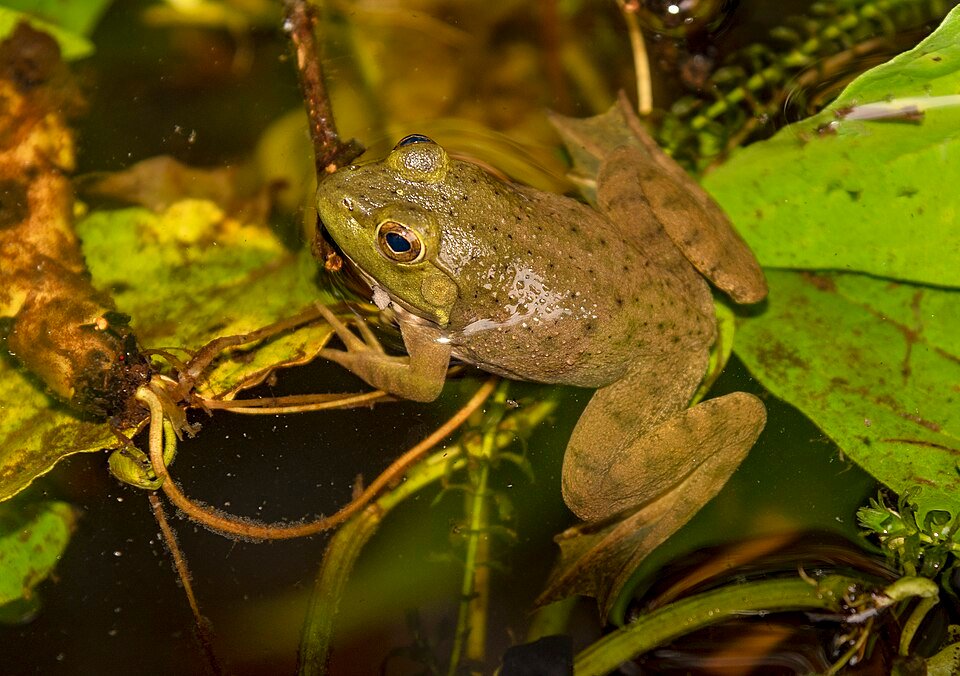Norway.- It is well known that smolt grow faster in recirculation systems when the current increases. Nofima researchers have now discovered that it is primarily the muscles, rather than the other organs, which grow when salmon swim in a strong current. This is a positive thing. At the same time researchers believe that there is reason to keep an eye on any impairments in fish welfare until they know more about the effects of strong velocities.
The aim of this project was to find the optimum water velocity for smolt in recirculation systems.
Highest velocity ever tested
The researchers divided post-smolt weighing 80 g into groups that would swim for three months in water flowing at four different velocities. Post-smolt are salmon which just have passed through the smoltification stage and have become adapted to the sea.
The researchers wanted to test what happens to salmon physiology at different water velocities and whether or not there are any upper limits for beneficial effects. Water velocity is measured as body length per second.
The velocities that were tested were 0.5 body length/sec (low), 1 (medium), 1.8 (high) and 2.5 (very high).
2.5 body lengths per second is the highest velocity that has so far been tested on salmon smolt. In commercial recirculation systems less than one body length per second is most common.
“We tested this very high water velocity because we were interested in the physiological response of the fish,” says fish health researcher Gerrit Timmerhaus at Nofima.
Stay Always Informed
Join our communities to instantly receive the most important news, reports, and analysis from the aquaculture industry.
He believes that it is not realistic to introduce water velocities that are much higher than the present day standard in existing recirculation systems because this requires special equipment and powerful pumps suitable for achieving such high velocities. He also doubts if it would pay off financially for very high settings, even if it did result in further increased growth.
Growth on land
Even through producers want a high percentage of muscle and rapid growth, the researchers do not know how this actual type of salmon would manage during the growth phase in the sea, and whether or not a low condition factor would be compensated for in the salmon by muscle growth at a later stage. One finding in a previous trial conducted at Nofima showed that strong currents resulted in increased resistance to diseases.
Scale loss
Salmon swimming in strong currents swim in shoals and the researchers think that this is a sign that they are optimising their use of energy. A higher proportion of skin damage was recorded, including scale loss and hemorrhagic patches, with increasing velocities; however, the overall changes were not severe.
– Based on this research and previous research conducted at Nofima, I believe that it is optimal for post-smolts to swim in water velocities somewhere between 1 and 1.8 body lengths per second. Anything below 1 means that their growth potential is not utilised and they do not build up resistance to disease, and at velocities above 1.8 we risk making compromises with the health of the barrier tissue of the fish,” says Mr. Timmerhaus.
This research, which represents a step towards acquiring more knowledge about salmon yields and welfare in closed-containment systems, was conducted at the Norwegian Centre for Research-based Innovation, CtrlAQUA SFI, in Sunndalsøra.
Contact person
Gerrit Timmerhaus
Scientist
Phone: +47 404 90 110
gerrit.timmerhaus@nofima.no
Source: Nofima
Editor at the digital magazine AquaHoy. He holds a degree in Aquaculture Biology from the National University of Santa (UNS) and a Master’s degree in Science and Innovation Management from the Polytechnic University of Valencia, with postgraduate diplomas in Business Innovation and Innovation Management. He possesses extensive experience in the aquaculture and fisheries sector, having led the Fisheries Innovation Unit of the National Program for Innovation in Fisheries and Aquaculture (PNIPA). He has served as a senior consultant in technology watch, an innovation project formulator and advisor, and a lecturer at UNS. He is a member of the Peruvian College of Biologists and was recognized by the World Aquaculture Society (WAS) in 2016 for his contribution to aquaculture.




